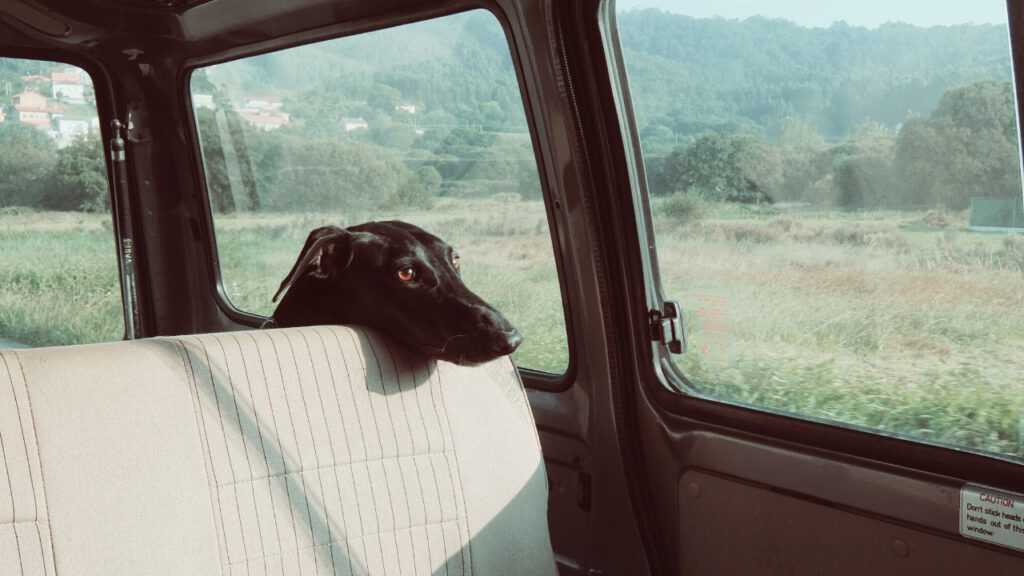9 Ways to keep your dog safe on your next road trip

Embarking on a road trip with your dog can be an unforgettable experience for the whole family. However, ensuring their safety and comfort requires careful preparation. Here are 9 essential tips to guarantee a safe and enjoyable journey for both you and your furry family member.
1. Securely restrain your dog
Driving with your dog roaming freely in the car poses significant risks. It’s essential to invest in proper restraint measures to keep them safe:
- Car harness: choose a well-fitted harness that attaches securely to a seat belt or designated anchor point. Proper training to acclimate your dog to the harness is crucial.
- Cargo barrier: for larger vehicles like SUVs or station wagons, consider installing a barrier to restrict access to the back seat. Ensure it is firmly anchored to prevent displacement.
- Crate or pet carrying box: Ideal for smaller or medium-sized dogs, crates provide a secure space for travel. Positive reinforcement training helps your dog view the crate as a safe and comfortable environment.
- Ute travel: If your dog travels in a utility vehicle, ensure appropriate tethering or a cage to prevent falls or injuries. A harness remains the safest option.
2. Reserve the back seat for your dog
The front seat, especially with active airbags, is not suitable for your dog. Reserve the back seat to ensure their safety and to minimise distractions while driving.
3. Prioritise comfort
Ensure your dog has enough space to lie down, stand, and move comfortably within their designated area. A comfortable environment reduces restlessness and promotes a calmer journey.
4. Pack sufficient food and water
Don’t underestimate the amount of water your dog will need, especially during long trips. Portable water bottles and spill-proof bowls are convenient for in-car hydration. Store water in a shaded area to prevent overheating.
5. Schedule regular stops
Plan breaks every two hours to allow your dog to stretch their legs, relieve themselves, and stay refreshed. Regular stops are essential for both physical and mental well-being during long journeys.
6. Ensure proper ventilation
Good airflow is crucial for your dog’s comfort, especially since they regulate their body temperature through panting. Keep windows partially open or use air conditioning to maintain a comfortable temperature inside the vehicle.
7. Monitor for signs of stress
Pay close attention to your dog’s behaviour for signs of discomfort or distress, such as excessive panting, restlessness, or drooling. Take necessary measures to keep them cool and comfortable, especially during hot weather.
8. Never leave your dog unattended
Under no circumstances should you leave your dog alone in a parked car, even for a short period. Rapid temperature increases inside a car can lead to heatstroke and other serious health issues.
9. Prepare for emergencies
Carry a first aid kit and any necessary medications for your dog. Additionally, consider signing up for VetChat membership to access veterinary advice online, 24/7, in case needed.
By following these safety tips, you can ensure a memorable and worry-free road trip with your canine companion. Remember, a well-prepared journey is the key to a happy and safe travel experience for both you and your dog.